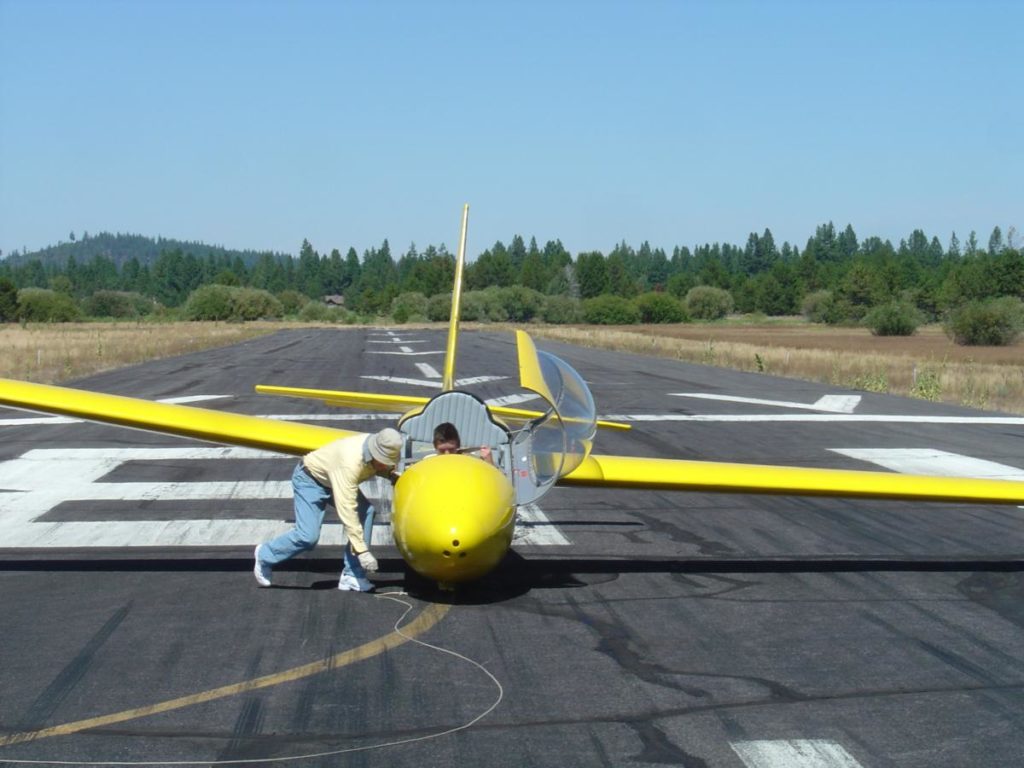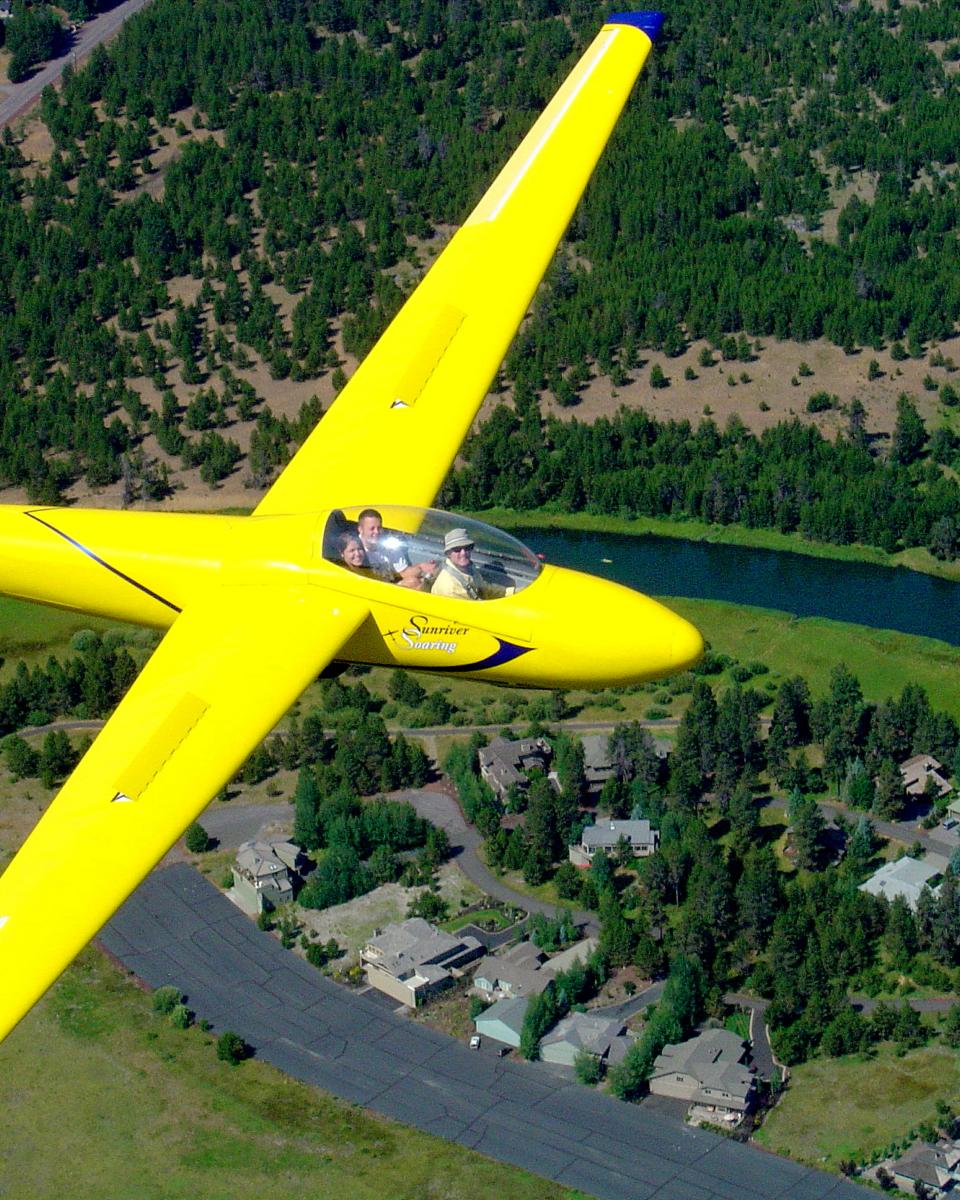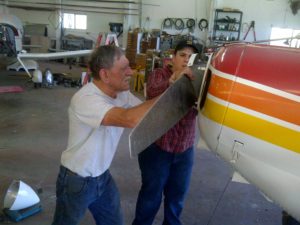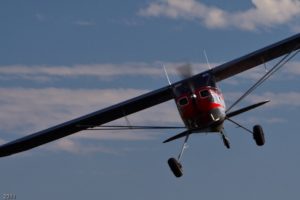When we learn to fly, our heads are pumped full of information, some of which will affect the way we do things for the rest of our flying career. Some of this information and training is valuable, such as building the reflex to coordinate or learning the proper technique to maintain altitude. But wait a minute. A big thing was made about maintaining a constant altitude while cruising on a cross country. This is a valid skill and one a pilot should have. And if air was always stable, we could maintain our altitude somewhat easily while covering hundreds of miles. But we all know that air is rarely stable. Columns of air are constantly moving up and down as well as laterally in the form of wind. I have a hunch that a lot of pilots make a rule of maintaining their altitude no matter whether the air they fly through is lift or sink. So what happens when you attempt to maintain your altitude while flying through sink? You must climb in order to maintain your altitude. That climb results in a lower airspeed. You’ve then sacrificed speed in order to maintain altitude. And because you decreased your speed, you stayed in that sinking air longer, thus increasing the time during which you were at a slower speed. Did you need to maintain an altitude? It may not be important to maintain altitude at all times. Let’s examine the idea of maintaining altitude and look at an alternative to sacrificing speed in order to do it.

In a previous Tailwheeler’s Journal article, guest writer Dale Masters described some great soaring techniques in “The Organic Variometer”. It’s occurred to me that there are a lot of techniques we can borrow from our soaring colleagues.
Every glider pilot should know the technique of “porpoising”. Simply stated, it’s the technique glider pilots use in order to travel greater distance in less time when going cross country. They pitch up to slow down when in lift. That way, they spend more time in lift and gain altitude which they can trade later for speed. When they encounter sink, they pitch down to speed up. They may lose altitude faster, but they also exit the sink sooner.

Most power pilots are taught to carefully maintain their chosen altitude when flying cross country. The problem with that technique is that it slows down our progress when cross-country. By using the glider pilot’s technique, we can arrive at our destination much sooner than we would have if we’d have maintained our altitude.
This technique can be used more than you think. Its only limitations are terrain, weather and ATC. You’ll need to make sure that your porpoising flight doesn’t take you within an uncomfortable distance from terrain and clouds or affect your ability to glide to a safe landing in the event of an engine failure. We’ll assume you’re VFR in a small airplane. If so, you may be utilizing flight following. ATC may have given you an assigned altitude. But they may very well have not. It’s been my experience that, traffic permitting, ATC is happy to withhold any hard altitude assignment, freeing you up to use the porpoising technique.
If, like me, you fly a little low-horsepower beater, you may very well want to consider porpoising. You’ll get there sooner and burn less fuel. You can use the fuel you saved for…
Happy Swooping!
Brian Lansburgh



